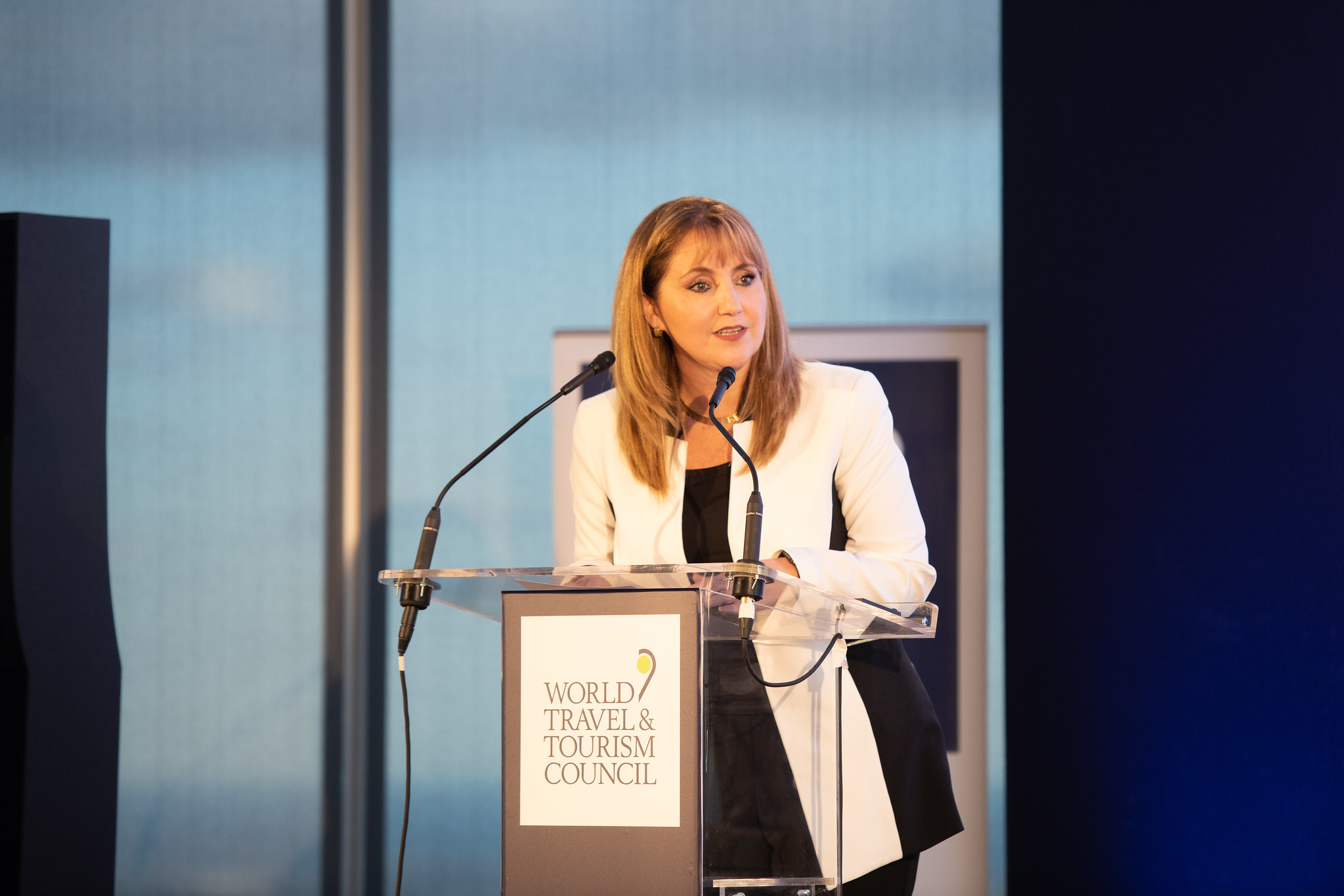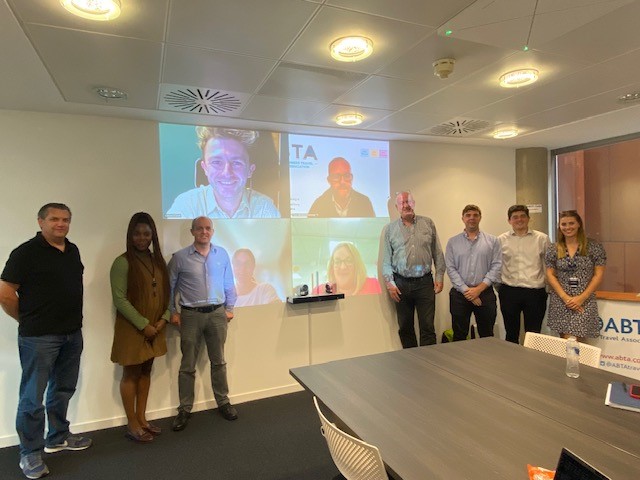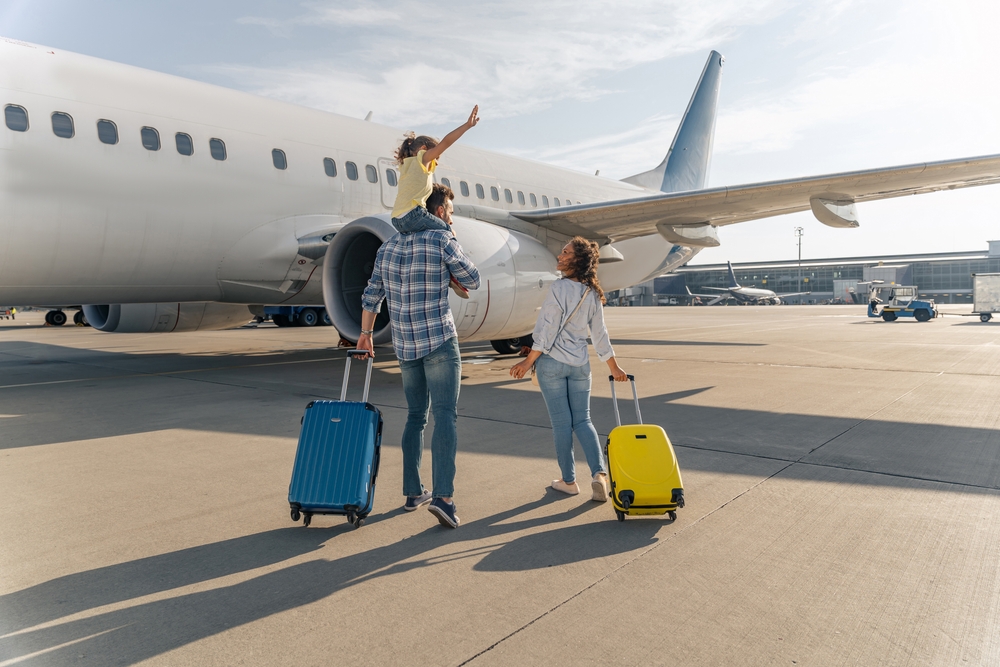The World Travel & Tourism Council (WTTC) has announced its new guidelines for ‘Safe & Seamless Travel’ including testing and tracing to ensure people can enjoy Safe Travels in the ‘new normal’.
Following medical evidence, the guidelines will ensure that the travel sector is provided with an extensive framework to help governments and private business work in collaboration to create aligned testing and contact-tracing programmes.

The initiative is part of WTTC’s Safe and Seamless Traveller Journey (SSTJ) which aims to enable a seamless, safe and secure end-to-end traveller experience including, flights and other forms of travel. It includes systematic biometric-verified identification during the journey, for long-haul and international travel, replacing manual verifications and is contained within a new WTTC report.
The new guidelines were produced by extensive consultation with various stakeholders, including WTTC Members, health experts and government officials, and according to the World Health Organisation (WHO) and Centers for Disease Control and Prevention (CDC) guidance, as well as the International Civil Aviation Organization’s CART take off guidance.
Gloria Guevara, WTTC President & CEO, said: “The safety and hygiene of travellers is paramount which is why our new guidelines for Safe and Seamless Travel, including testing and tracing, are designed to assist in the recovery of Travel & Tourism through the identification and/or isolation of infected travellers.
“The best way to control and reduce the spread of the COVID-19 virus”
This is consistent with advice from WHO and other leading health authorities that the best way to control and reduce the spread of the COVID-19 virus, is through early identification of carriers to ensure they don’t travel. The new WTTC guidelines mean that we can now replace the confusing mix of different measures including highly-damaging quarantines, which currently exist, to offer confidence to travellers and governments alike while protecting public health.”
Guevara added: “Travel ‘bubbles’ or ‘corridors’ between low-risk COVID-19 areas/zones or countries will also help limit testing requirements for travellers and support efforts by governments and private businesses working in partnership together to stimulate traveller demand.”
WTTC has identified five critical calls to action for governments during the COVID-19 recovery.
- Support quick and reliable tests as a critical path to ensure public health and a rapid testing and contact-tracing strategy to help contain the spread of the virus
- Multilateral collaboration and adherence to internationally-recognised guidelines to enable ‘approved travellers’ to travel to multiple destinations using a single process and risk assessment framework
- Support travel ‘bubbles’ or ‘tourism corridors’ between low-risk COVID-19 areas/zones or countries based on recognised criteria on what constitutes low, medium and high risk and where the origin government and the destination government agree. These bubbles and corridors may help to limit testing requirements for travellers and support the recovery
- Remove blanket travel advisories and recommendations against non-essential international travel as this prevents insurance protection for travellers, as countries re-open
- Support a global standard of traveller health insurance, or at least minimum requirements, defined with private sector insurance companies.



 share
share



















































